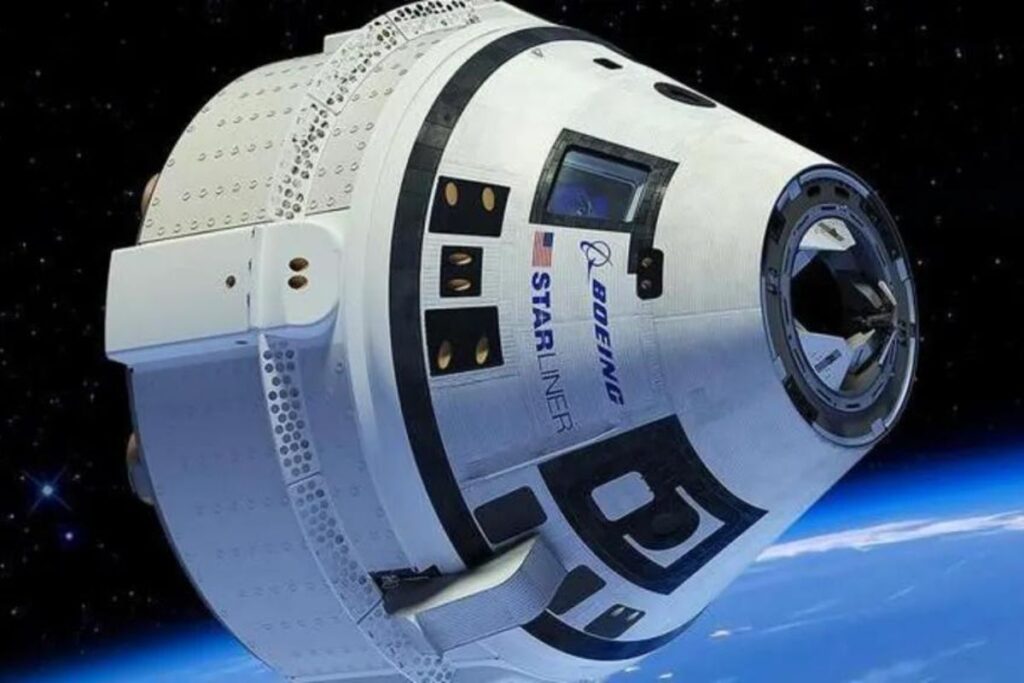Boeing is poised to make a significant step forward in space exploration with the upcoming crewed test flight of its Starliner spacecraft. This mission marks a significant milestone, as Boeing aims to join SpaceX in providing commercial crew transport services to the International Space Station (ISS).
The countdown begins: Starliner’s critical flight
The upcoming launch from Cape Canaveral features two of NASA’s most seasoned astronauts, Suni Williams and Butch Wilmore. Their journey aboard the Starliner represents not just another routine trip to space but an ambitious test of Boeing’s newest spacecraft under real conditions.
- Crew readiness: Addressing concerns about previous setbacks, pilot Suni Williams confidently stated that they are fully prepared for this mission.
- Vessel capabilities: During its stay at ISS, the Starliner will undergo tests assessing everything from seating comfort to life-support systems.
- Return technology: In contrast to traditional water landings, Starliner is designed to touch down on land, improving the recovery process and reusability of the craft.
Implications of Starliner’s success
If successful, this mission will validate Boeing’s role as a reliable provider of transportation to the ISS, setting the stage for regular operational flights. This development is particularly crucial for NASA, which seeks to ensure competitive options within the burgeoning field of private space travel.
Strategic competition between Boeing and SpaceX is likely to drive innovation and potentially lower costs—a welcome outcome for government agencies like NASA and international partners concerned with budget efficiency. UK Space Agency’s Libby Jackson highlighted the broader implications by emphasizing the importance of cost-effective spending in taxpayer-funded space missions.
Innovative Features of the Starliner Craft
The Boeing Starliner boasts several improvements over past spacecraft models, offering enhancements in safety, comfort, and utility:
- Size and capacity: Larger than Apollo-era modules, Starliner supports up to seven astronauts but will typically operate with four for regular missions.
- Modern suits and equipment: Equipped with lightweight, flexible spacesuits that include touchscreen-sensitive gloves, astronauts can comfortably manage onboard tablets and other digital interfaces.
- Landing advancements: The switch to land-based returns could revolutionize how missions are planned concerning payload recovery and vehicle reuse.
Potential milestones and future visions
Experts like Caleb Henry from Quilty Analytics point out that the successful integration of Starliner into NASA’s roster would be more than just another access point to space—it would increase the frequency of missions and open new opportunities for research and commercial exploits beyond earth.
This mission is viewed not only as a validation of Boeing’s technological prowess but also as an enhancement to the global capacity for manned space missions. With every successful deployment, we step closer to more robust and multifaceted space programs capable of unprecedented exploratory achievements.
Facing the challenges ahead
Despite its promising features, the road to this point has not been without hurdles. Initial testing phases revealed issues with thrusters and cooling systems, underscoring the challenges inherent in spaceflight technology development. However, these have been addressed, and as pointed out by Mark Nappi, Boeing’s commercial crew programme manager, such obstacles are typical in the pursuit of groundbreaking aerospace advancements.
In light of these ongoing adjustments, the current focus remains solidly on ensuring the utmost safety and efficiency for the upcoming crewed missions. As these developments unfold, the aerospace community watches with bated breath, hopeful for a smooth launch and the ushering in of a new chapter in human space exploration.
Therein lies the profound significance of this mission: it’s not merely about reaching space but advancing our capability to explore it sustainably and collaboratively.

